Activities on federal lands in California contributed $14.2 billion in economic output and supported over 84,000 jobs last year, according to an economic impact study from the U.S. Department of Interior (DOI).
The DOI’s 2019 economic impact report found the Department’s economic contributions have grown significantly since fiscal year 2016, adding $3.14 billion to gross domestic product (GDP) and nearly 20,000 jobs. These gains were driven primarily by mining, energy, and recreational activities.
Recreation on DOI lands in California supported 48,700 jobs and added $3.8 billion in the state last year. California’s nine national parks welcomed 39.6 million visitors who spent $2.7 billion in regions surrounding the parks in 2019, according to data from the National Park Service, which is part of the DOI.
The energy and mineral sector on lands managed by the DOI in the state supported 25,000 jobs and added $3.9 billion to the economy, according to the DOI’s data.
But Autumn Hanna, vice president for Taxpayers for Common Sense, a nonpartisan policy center, said the energy figures are “rosy and skew reality.”
Hanna says the Trump administration’s policies have increased corporate profits from public resources and its environmental deregulation stance has driven federal land lease revenues to their lowest point in a decade.
“The question is not simply how much value did our federal land and resources generate, but who got that value and at what cost?” she told The Center Square.
From car emissions to energy extractions, the Trump administration has repeatedly attempted to force California to follow environmental guidelines that are less restrictive than state’s measures in order to boost the Golden State’s oil and gas production capacity, which has consistently declined since the mid-1980s.
To that end, the Trump administration tried to open over 730,000 acres in California’s Central Coast and the San Francisco Bay Area for private oil and gas extraction. However, California challenged the federal government by filing a lawsuit and updating the state’s public resource code to prohibit building new pipelines and other infrastructure on state lands.
Meanwhile, DOI’s natural resources revenue data shows the Department collected over $10 billion in land lease revenues in 2019, up nearly $2 billion since 2009. DOI also stuck to its land lease schedule after the coronavirus pandemic caused energy prices to crash, a move the department has since backed off of.
To DOI Secretary David Bernhardt, these figures represent the support energy production offers communities across the country, not a failing policy position.
“The Trump Administration agenda for public lands management has been a major boon for communities throughout the country,” Secretary David Bernhardt said in a statement. “Especially this year, public lands have been a critical place of refuge for the American people and will continue to support the economic vitality of our country.”



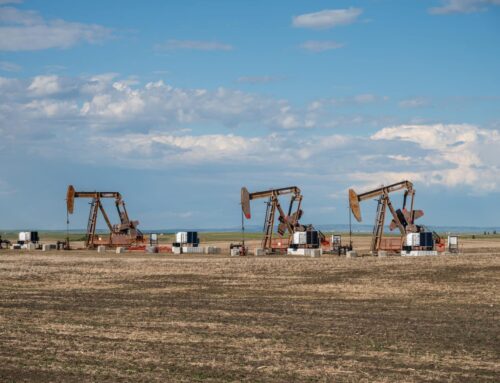
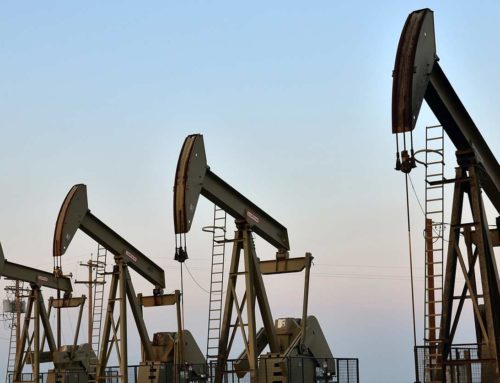
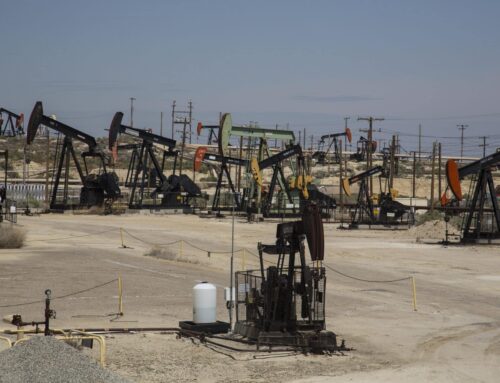
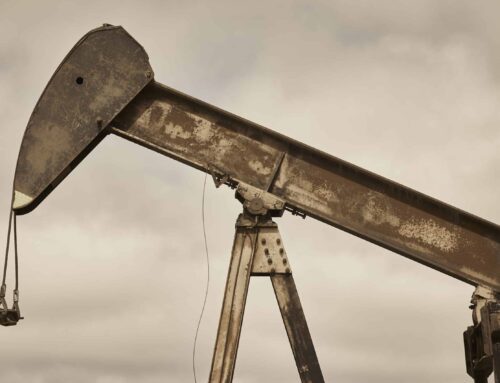


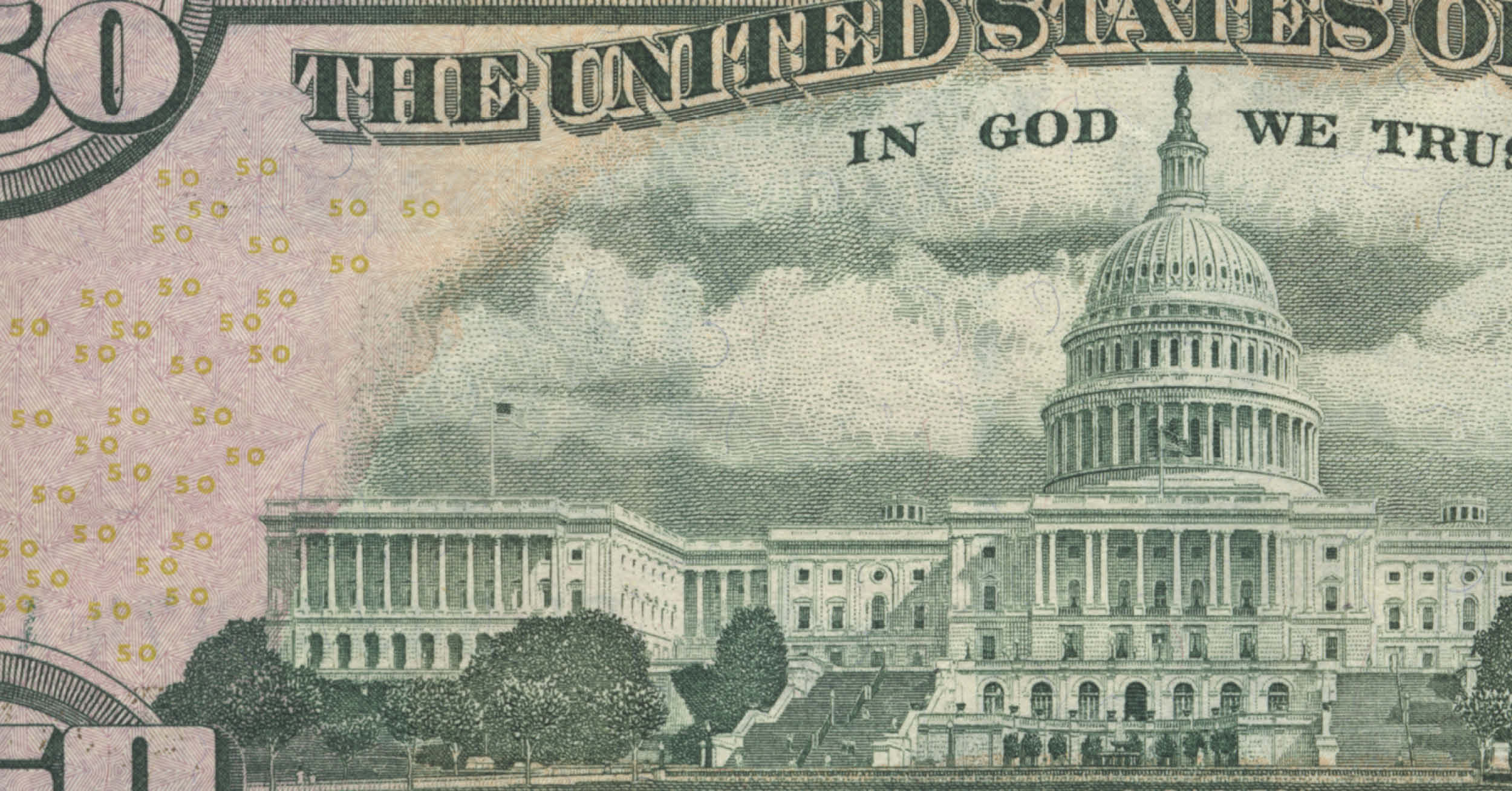
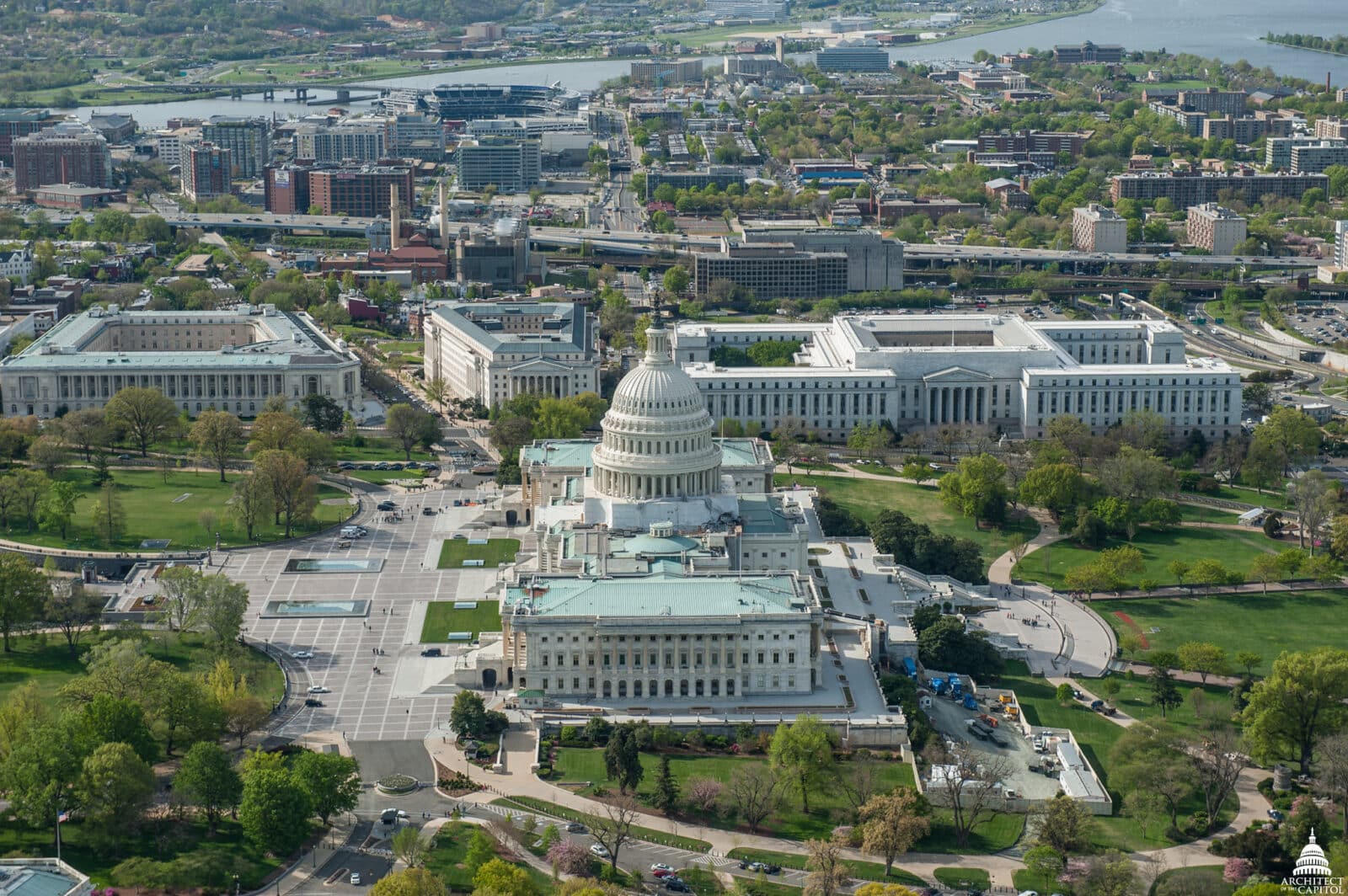


Get Social